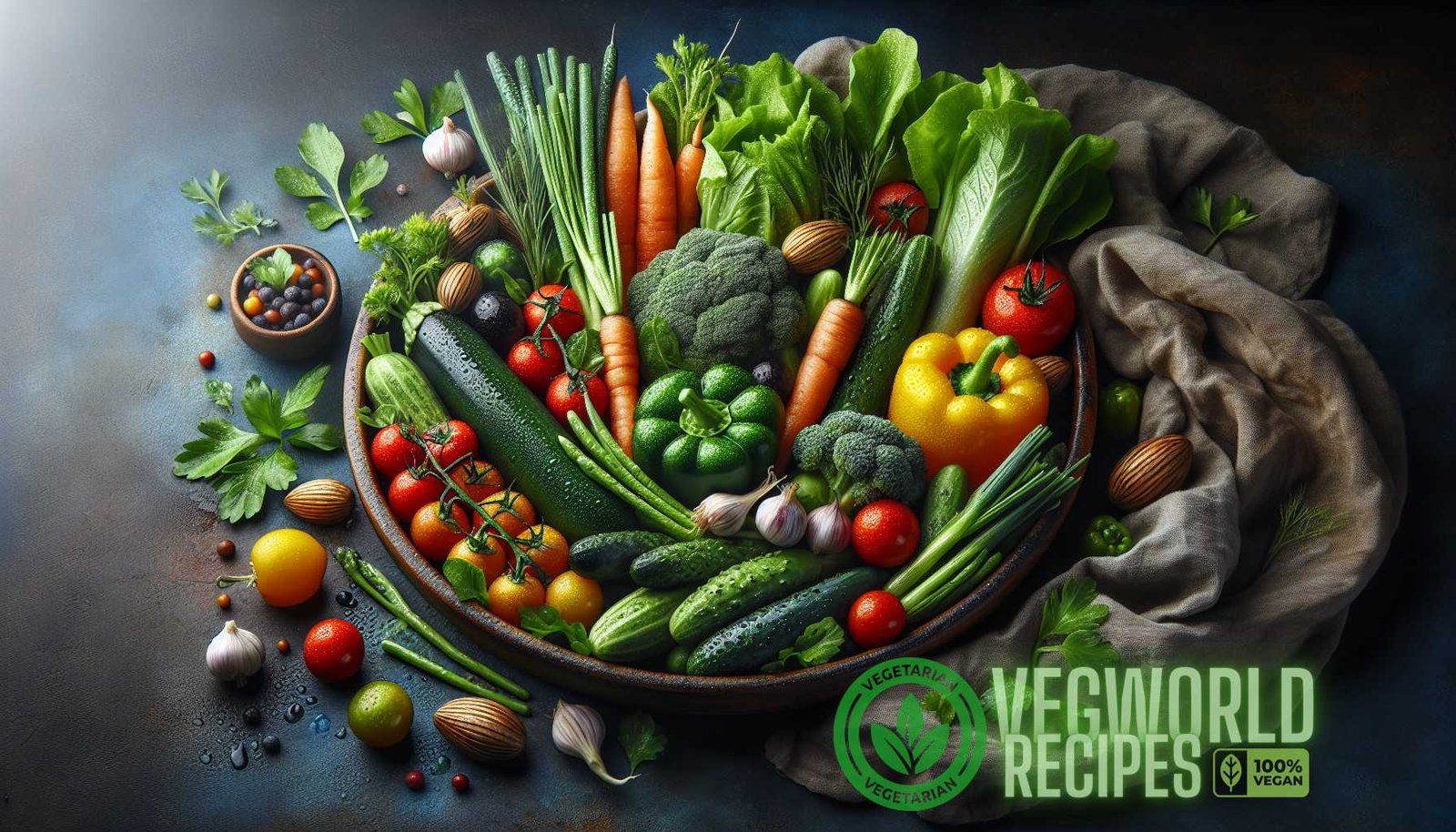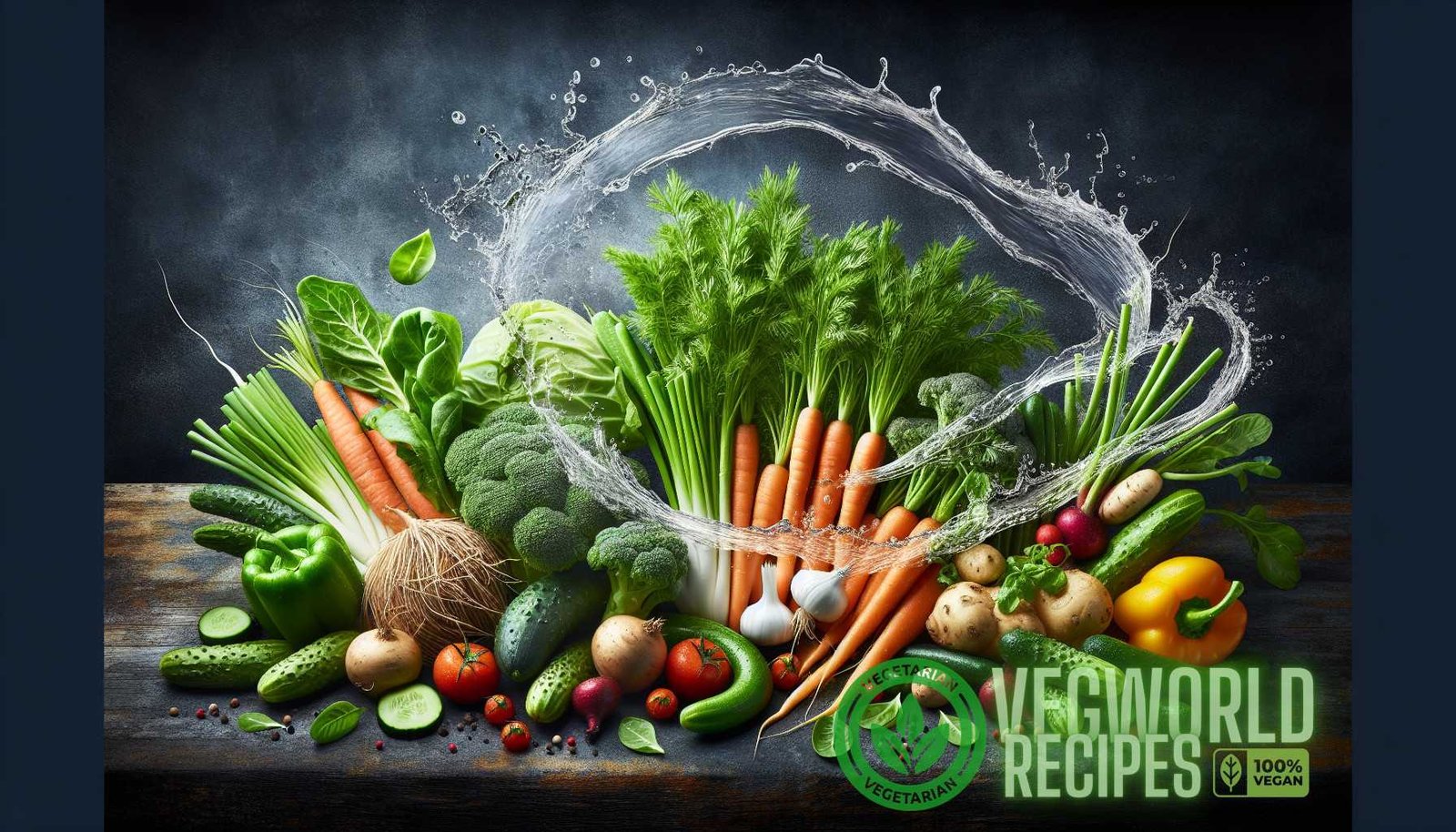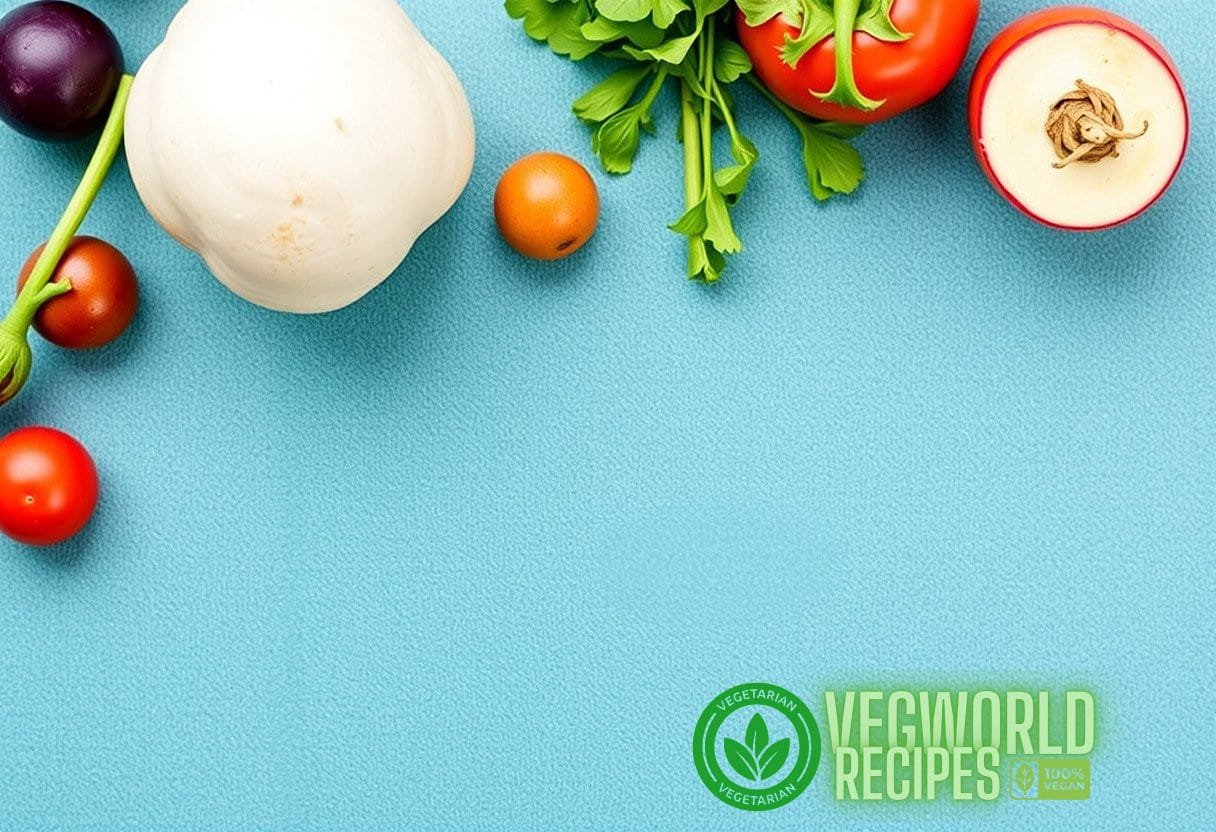Exploring the Culinary Magic of Seasonal Vegetables for Year-Round Delights
Seasonal veggies are not only a delight for the taste buds but also a treasure trove of essential nutrients and flavors that can revitalize your palate. From crisp spring greens to hearty fall root vegetables, each season offers a unique array of produce to explore and savor. In this article, we will delve into the culinary magic of seasonal vegetables, revealing the water connection that plays a significant role in their growth and taste. Join us on a journey to discover the wonders of seasonal vegetables and how you can create year-round culinary delights.
The Science Behind Seasonal Vegetables
Seasonal vegetables are those that are naturally harvested during specific times of the year when conditions are ideal for their growth. The changes in temperature, light, and water availability throughout the year affect the growth and development of plants, resulting in the formation of different types of fruits and vegetables. Here’s a breakdown of how seasonal vegetables are shaped by the changing seasons:
- Spring: In spring, the days become longer, and the temperatures start to rise. This prompts plants to awaken from their winter slumber and produce tender, young shoots and leaves. Spring vegetables are known for their vibrant colors, delicate flavors, and tender textures. Examples of seasonal spring veggies include asparagus, peas, spinach, and radishes. (source).
- Summer: With the arrival of summer, the days are at their longest, and the temperatures soar. These conditions are perfect for vegetables that thrive in warm climates. Summer vegetables are typically juicy and refreshing, providing a burst of flavors to beat the heat. Examples of seasonal summer veggies include tomatoes, cucumbers, bell peppers, and zucchini. (source).
- Fall: As summer transitions into fall, the temperatures start to cool down, and the days become shorter. This change signals to plants that it’s time to focus their energy on producing root vegetables and sturdy greens. Fall vegetables tend to be heartier and more robust in flavor, ideal for comforting dishes. Examples of seasonal fall veggies include pumpkin, butternut squash, sweet potatoes, and kale.
- Winter: Winter is the time of year when many fruits and vegetables are not in season. However, there are still plenty of delicious options available. Winter vegetables are known for their long shelf life and ability to withstand cold temperatures. They are excellent for warming soups and stews. Examples of seasonal winter veggies include Brussels sprouts, cabbage, turnips, and winter squash.
The Water Connection
Water plays a critical role in the growth and development of seasonal vegetables. It is essential for photosynthesis, the process by which plants convert sunlight into energy. Without water, plants would not be able to absorb nutrients from the soil or transport them to different parts of the plant.
The amount of water a plant needs varies depending on its stage of growth and the environmental conditions. During periods of active growth, plants require more water to support cell division and expansion. In contrast, during periods of dormancy, such as the winter months, plants need less water.
Water also influences the flavor and texture of seasonal vegetables. A lack of water can lead to smaller, tougher, and less flavorful produce. On the other hand, watering plants too much can cause them to become waterlogged and lose their natural texture and taste.
By understanding the water needs of seasonal vegetables, you can ensure that they thrive and produce the best possible flavors for your culinary creations.
Creating Year-Round Delights with Seasonal Vegetables
Now that we’ve explored the science behind seasonal vegetables and their water connection, let’s dive into the practical side of using these treasures in your kitchen. Here are some tips and ideas for creating year-round delights with seasonal vegetables:
Spring Bounty
Spring is a time of freshness and renewal, and the bounty of seasonal vegetables reflects that. Here are some delicious ways to make the most of spring produce:
- Asparagus and Mushroom Risotto: Celebrate the arrival of asparagus season with a creamy risotto featuring tender asparagus spears and earthy mushrooms.
- Pea and Mint Soup: Combine fresh peas with mint for a light and refreshing soup that captures the essence of spring.
- Radish and Cucumber Salad: Slice crisp radishes and cool cucumbers into a refreshing salad dressed with a zesty lemon vinaigrette.

These dishes are not only delicious but also showcase the vibrant colors and delicate flavors of spring vegetables.
Summer Delights
Summer brings a cornucopia of juicy fruits and vegetables that are perfect for light and refreshing dishes. Here are some summer delights to try:
- Tomato and Basil Bruschetta: Top crusty bread with ripe tomatoes, fresh basil, and a drizzle of balsamic glaze for a taste of summer in every bite.
- Cucumber and Watermelon Salad: Combine cool cucumbers, juicy watermelon, and tangy feta cheese for a refreshing and hydrating summer salad.
- Zucchini Noodles with Pesto: Swap traditional pasta for zucchini noodles and toss them with homemade pesto for a light and flavorful summer meal.
These recipes highlight the bounty of summer produce and make the most of their vibrant flavors.
Fall Comfort
As the temperatures cool down and the leaves change color, it’s time to embrace the heartier flavors of fall vegetables. Here are some cozy fall recipes to warm your soul:
- Pumpkin and Sage Risotto: Celebrate the arrival of fall with a comforting pumpkin and sage risotto that captures the essence of the season.
- Roasted Root Vegetable Medley: Toss an assortment of fall root vegetables, such as sweet potatoes, parsnips, and carrots, with olive oil and roast them to perfection.
- Kale and White Bean Soup: Simmer hearty kale and creamy white beans in a flavorful broth for a satisfying and nutritious fall soup.
These recipes showcase the earthy flavors and rich textures of fall vegetables, perfect for warming up on a chilly day.
Winter Warmers
During the winter months, seasonal vegetables are limited, but there are still plenty of ways to create delicious and comforting dishes. Here are some ideas:
- Roasted Brussels Sprouts with Balsamic Glaze: Roast tender Brussels sprouts until golden brown and toss them with a sweet and tangy balsamic glaze.
- Cabbage and Potato Soup: Simmer hearty cabbage and creamy potatoes in a flavorful broth for a nourishing winter soup.
- Butternut Squash and Apple Crumble: Combine sweet butternut squash and tart apples in a warm and comforting crumble, perfect for dessert or breakfast.
These recipes highlight the winter vegetables’ natural sweetness and offer a comforting experience during the colder months.
Conclusion
Seasonal vegetables are a true culinary delight, offering a wide range of flavors and textures throughout the year. By understanding the science behind their growth and the role of water in their development, you can make the most of their seasonal bounty. From vibrant spring greens to hearty fall root vegetables, there is a world of possibilities waiting to be explored in your kitchen. So, embrace the magic of seasonal vegetables and create year-round delights that will tantalize your taste buds and nourish your body.



